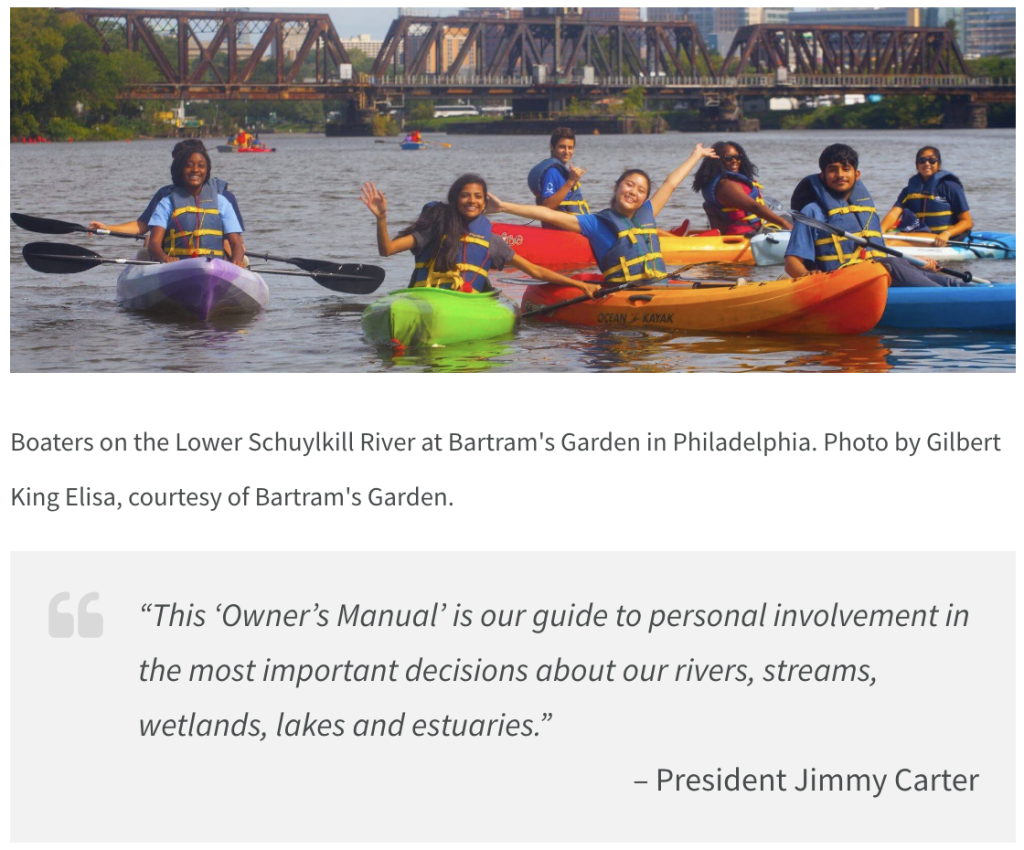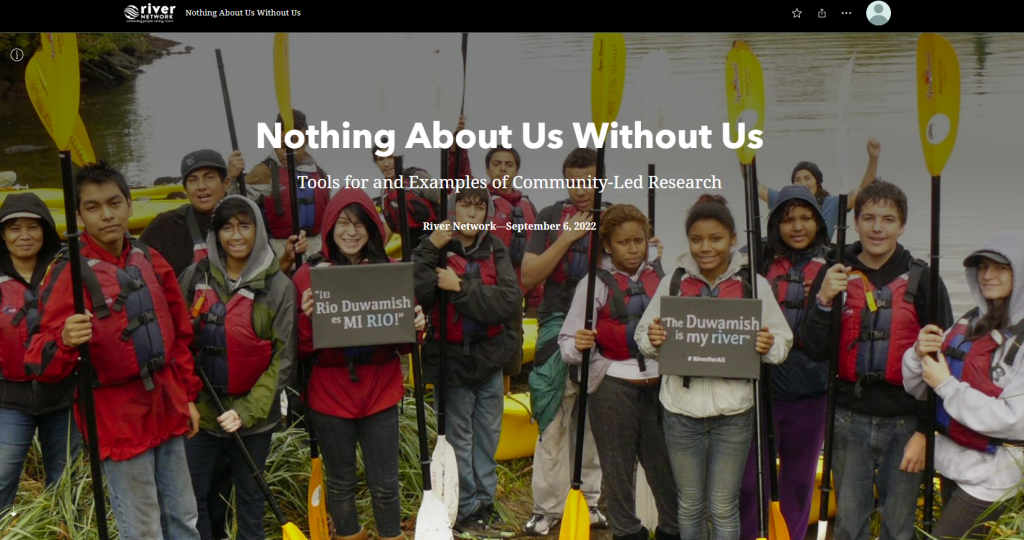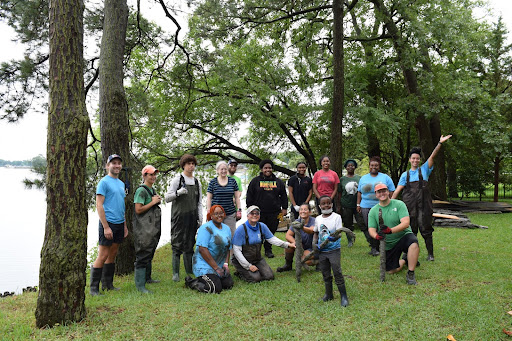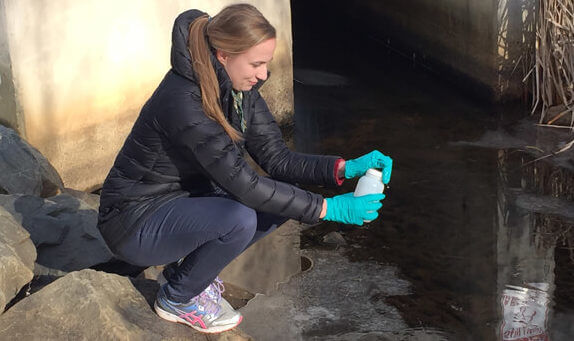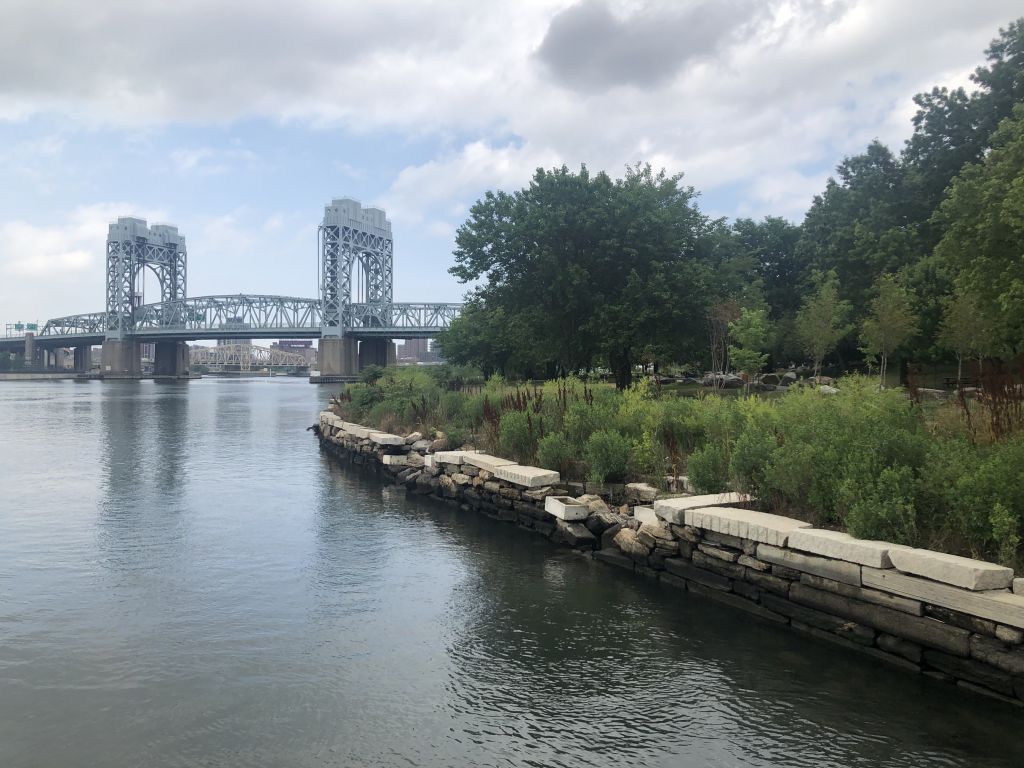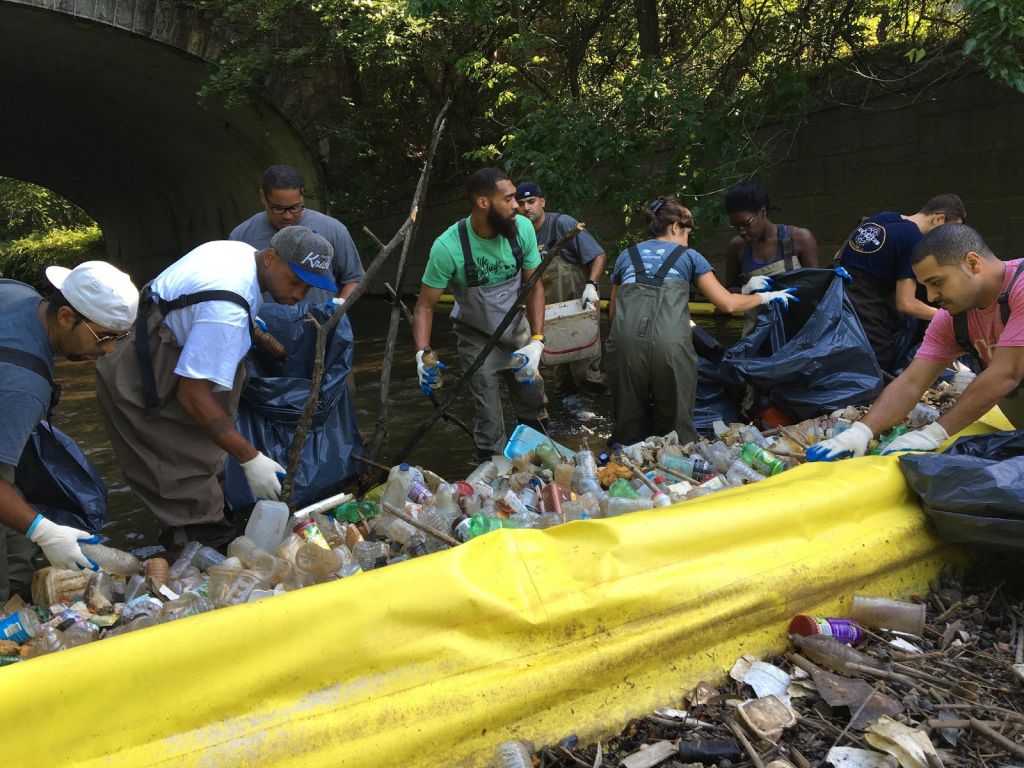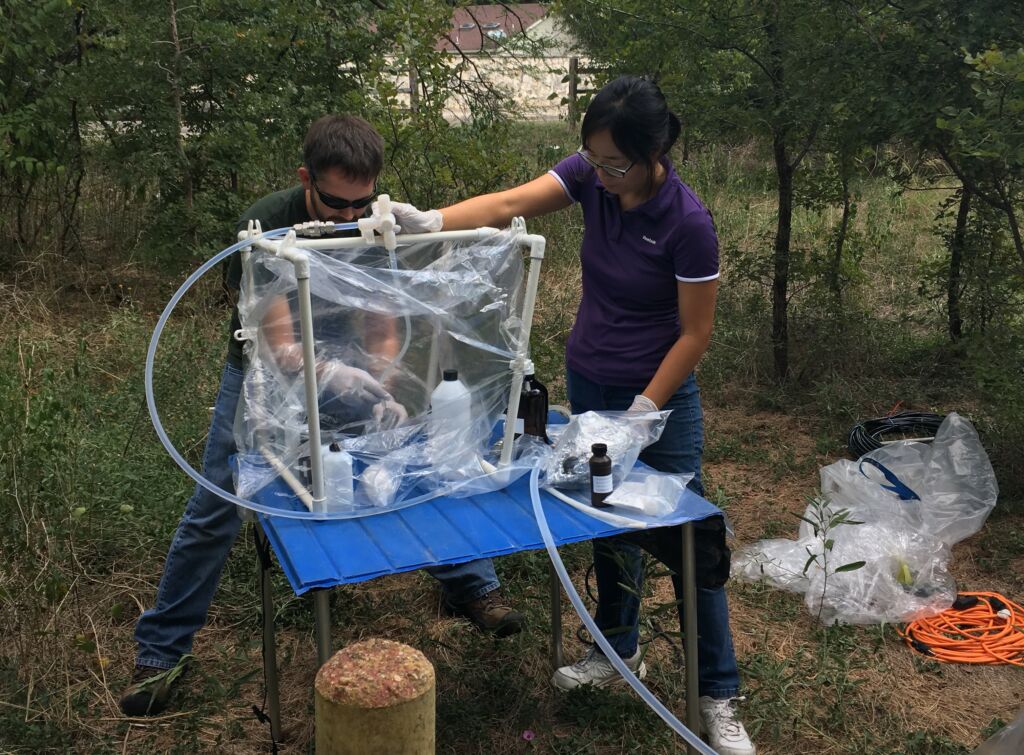water quality
September 11, 2023
The quintessential, transformational tool on how YOU can use the CWA to protect your waters. The Clean Water Act became law 50 years ago. To commemorate the milestone of this landmark […]
January 5, 2023
The State Revolving Fund (SRF) Advocacy Toolkit, created in partnership between River Network and Clean Water For All, was developed to support state and local advocates interested in water infrastructure investment who are seeking to better understand the State Revolving Fund (SRF) process.
September 9, 2022
Communities across the US are more and more frequently impacted by climate change and increasingly face problems like property damage and health and safety issues as a result of flooding […]
August 25, 2022
Mālama Maunalua and partners are using a holistic approach to restore coastal water systems in Maunalua Bay based on the traditional Hawaiian practice of ahupua‘a. In order to accomplish restoration from the mountains to the reef, local groups work together while educating and engaging the community to improve the overall water quality and decrease flooding in the entire watershed.
April 8, 2022
Once a thriving tidal river, the Eastern Branch of the Elizabeth River became known as the lost branch when it fell from public awareness. Stemming from this lack of awareness, it also became one of the most polluted tributaries in the watershed. The Elizabeth River Project and partners have set out to change that, with public awareness campaigns and multi-sector partnerships to restore urban shorelines with native oysters. Because of these efforts the Chesapeake Bay Program now recognizes the Eastern Branch of the Elizabeth River fully restored for oyster habitat; and there have been significant improvements in water quality demonstrating that large-scale restoration with multiple community partners can restore an once dead urban waterway.
November 29, 2021
Three watershed associations in the Boston area—the Mystic River, Charles River, and Neponset River Watershed Associations—are collaborating with community volunteers and the U.S. Environmental Protection Agency (EPA) to monitor water […]
September 28, 2021
Bronx and Harlem River Watersheds Urban Waters Federal Partnership The Bronx and Harlem River Watersheds Urban Waters Federal Partnership was designed to reconnect marginalized communities in the Bronx to healthy […]
July 13, 2021
Resources and Case Studies Successful litter management projects include a mix of strategies such as source prevention, citizen science, community education, partnerships, and research. While these are often used together, […]
February 12, 2021
Waste in Our Waters: A Community Toolkit for Aquatic Litter Removal is a step-by-step guide for addressing litter in your community, both before and after it reaches your local waterway. River Network created this toolkit […]
August 31, 2020
As a data-driven agency, the United States Geological Survey (USGS) brings science for decision-making to the San Antonio Urban Waters Federal Partnership. As a member of the Federal Partnership, the USGS is helping inform management agencies in the region about the effects of urbanization by monitoring water quality and water quantity.

